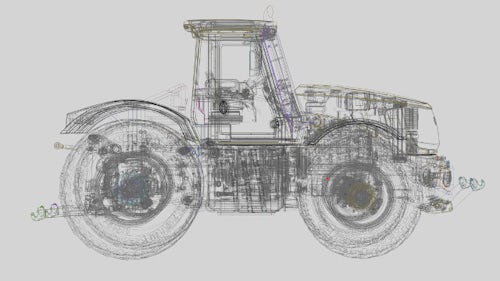Silicon carbide (SiC), a semiconductor material comprising silicon and carbon, is utilized in the production of power devices tailored for high-voltage applications, including electric vehicles (EVs), power supplies, motor control circuits and inverters. SiC presents numerous benefits compared to traditional silicon-based power devices like IGBTs and MOSFETs, which have historically dominated the market due to their cost efficiency and straightforward manufacturing processes.
Utilizing wide-bandgap (WBG) materials like silicon carbide instead of traditional silicon-based technology facilitates higher switching speeds and increased breakdown voltages. This advancement facilitates the development of smaller, faster, more reliable and more efficient power devices.
However, with new technology come challenges of thermal resistance, device integrity and device robustness. This white paper describes how Simcenter helps address these challenges with new methodologies for thermal transient tests and power cycling that conform to up-to-date testing standards.



